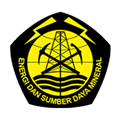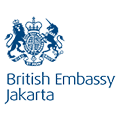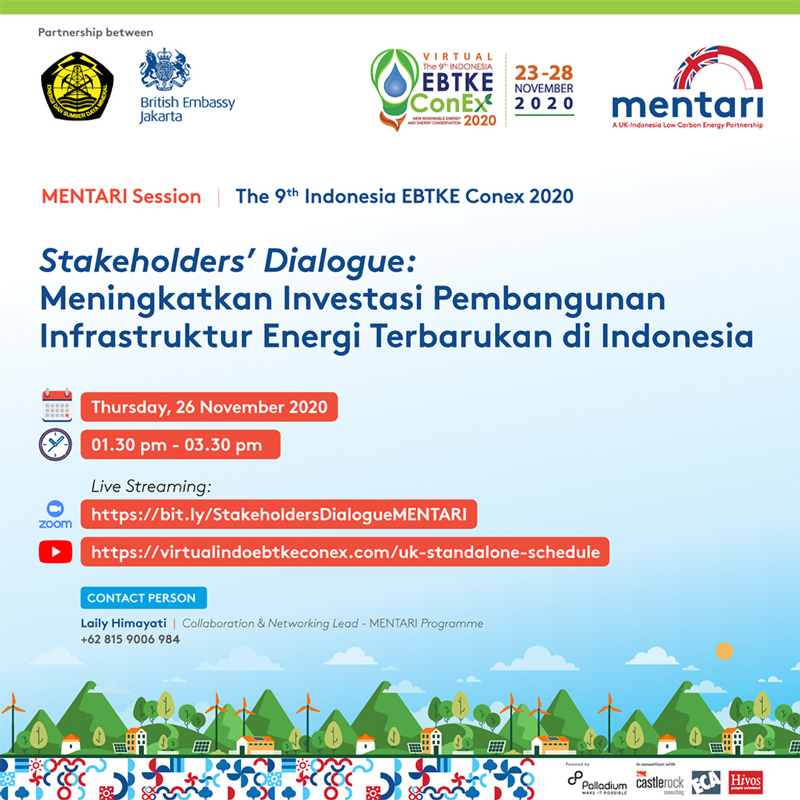Funding and Tariff Rules That Can Clearly Increase Renewable Energy Investment
Jakarta, 26 November 2020 – The consistency of regulations, especially regarding tariffs and also funding for the development of EBT (New and Renewable Energy) infrastructure, determines the interest of low-carbon development investors to invest in Indonesia. If this is realized, it is very possible that Indonesia can fulfill 13 gigawatts of electrification by 2025.
This was revealed in the activity, “Stakeholders Dialogue Webinar: Increasing investment in Renewable Energy Infrastructure Development in Indonesia,” which was held in Jakarta, (26/11). This activity is one of the sessions held by the MENTARI Program as a sight event in the Indo EBTKE ConEX 2020 series of activities.
The speakers presented at this activity were Cita Dewi from the State Electricity Company (Perusahaan Listrik Negara/PLN), Darwin Krisna Djajawinata from PT. Sarana Multi Infrastruktur, Prabaljit Sarkar from InfraCo Asia, Rico Syaalam from Sesna. This activity was also opened by Ir. Senda Hurmuzan Kanam, M.Sc., as Head of the Sub-Directorate of Electricity Cooperation at the Directorate General of Electricity, Ministry of Energy and Mineral Resources, as well as the Head of the Brokerage Working Group in the MENTARI Program. While, Iwan Adhisaputra, MENTARI Brokerage Program Lead, guided the audience through the activity.
“In the investment scenario in Indonesia, the tariff regime is something we can never do. We don’t see the certainty. As I remember 2016 when we identified several solar power opportunities across the region, Indonesia set the rate at 20 cents, but in a few months things were changing. Maybe it was for the better. Maybe the rates are too high. However, it will take some time for international investors to figure out what the next tariff regime will be,”said Prabalit Sarkar.
Likewise with regulations, which according to Prabalijt, make him, as an investor, must digest and understand the situation, while waiting for what happens next in order to calculate the impact if it must be implemented.
“And the second is when I mention the local capital market, which has quite high interest rates from local banks and transaction costs, the development costs are quite high if we compare it to several other countries. As you know, there are not many large scale solar and wind projects in Indonesia. There are large-scale projects in geothermal and maybe hydroelectric power but not in sun and wind,”he explained.
Meanwhile, Darwin Trisna Djajawinatae from PT. SMI Sarana Multi Infrastruktur said, there may still be many sources of funds for the development of new and renewable energy, both in the domestic market and also in the international market. According to Darwin, the domestic market can be encouraged by the Financial Services Authority to financial institutions, both banking and non-banking, to actively encourage sustainable financing. Thus, assets in the form of renewable energy are highly sought after.
“Actually, the commitment from financial institutions to purchase these projects is quite high. However, we need to fulfill the aspects that I mentioned earlier. So I feel that the domestic funding needs have not been fully utilized. So, there is still a lot that we can optimize. Not only from financial institutions, but also funding sources in the form of green bonds and in the forms of utilizing direct funding sources from international institutions such as climate funds,” Darwin explained.
SMI is currently managing a geothermal exploration fund, which comes from a government equity equalization fund that they leverage with foreign loan sources such as the World Bank and also get grants directly from the Green Climate Fund.
“And this is what we manage to reduce the risk when geothermal exploration is carried out. The funds are now available and accessible to developers who already have geothermal working area, be it State-owned or private enterprises. Thus, we really encourage everyone in this forum to be able to further utilize these funds, “added Darwin.
Even though the policies are sometimes inconsistent, a number of local new and renewable energy investors continue to operate and “follow” the initial solar PV system as implemented by PT Sesna (Surya Energi Nusantara). This was explained by the CEO of PT Sesna, Rico Syah Alam. Its operations are not only targeting the PLN, but also the private sector, which according to him, is also a large market. Sesna gave them the nickname “Solar Warriors”.
“This year, we also succeeded in offering first solar leasing for green mining, industry, or resorts as an example. Especially for green mining, we offer coal mining companies to use solar energy. This first phase that we build is pretty good, which is around 500 kWp or 400 kWp accompanied by a battery, which is the first phase if it can prove that there is synergy from solar energy. If this goes well, it can be continued to the second phase until it reaches 10 MWac, by collaborating solar PV with batteries.
According to Rico, the regulations are good enough, but how they are implemented is the key to the success of the project. Secondly, funding is also a major factor in the success of a project. Lastly, it is the synchronization of regulations and funding.
Diesel Power Plant Conversion Program By PLN
In this webinar, PLN was also given the opportunity to convey its roles and programs, especially the two gigawatts conversion program for the Diesel Power Plant (Pembangkit Listrik Tenaga Diesel/PLTD) to New and Renewable Energy, which in the first stage will be converted to 200 locations.
“In these 200 locations, the PLTD capacity will be converted to 225 MW, all of which will be isolated off-grid, so we feel that this cooperation with MENTARI is positive from our side. We hope that this will become a pilot for the next conversion program, so that diesel is only used as a back-up. Of course, this matter also has to wait for the results of further evaluation, “explained Citra Dewi.
Citra added that the biggest challenge of this program is its scattered and fragmented location. This will be one of the parts that will be discussed together with MENTARI regarding clustering and funding. Iwan Adisaputra welcomed the development of the progress of this project from PLN, because it was awaited by the development actors and PLN financing institutions and foreign investors. At least it can show that Indonesia’s commitment to meet the 23 percent target by 2025 hopefully will be achieved.
“And I think this program from PLN also helps to strengthen our energy security,” said Iwan.
As the closing of the webinar, Iwan stated, MENTARI will help bridge the discussed gaps. Not only in terms of brokerage in the context of financing, but also in the context of brokerage and competence in terms of know-how and knowledge. (Musfarayani/MENTARI)







